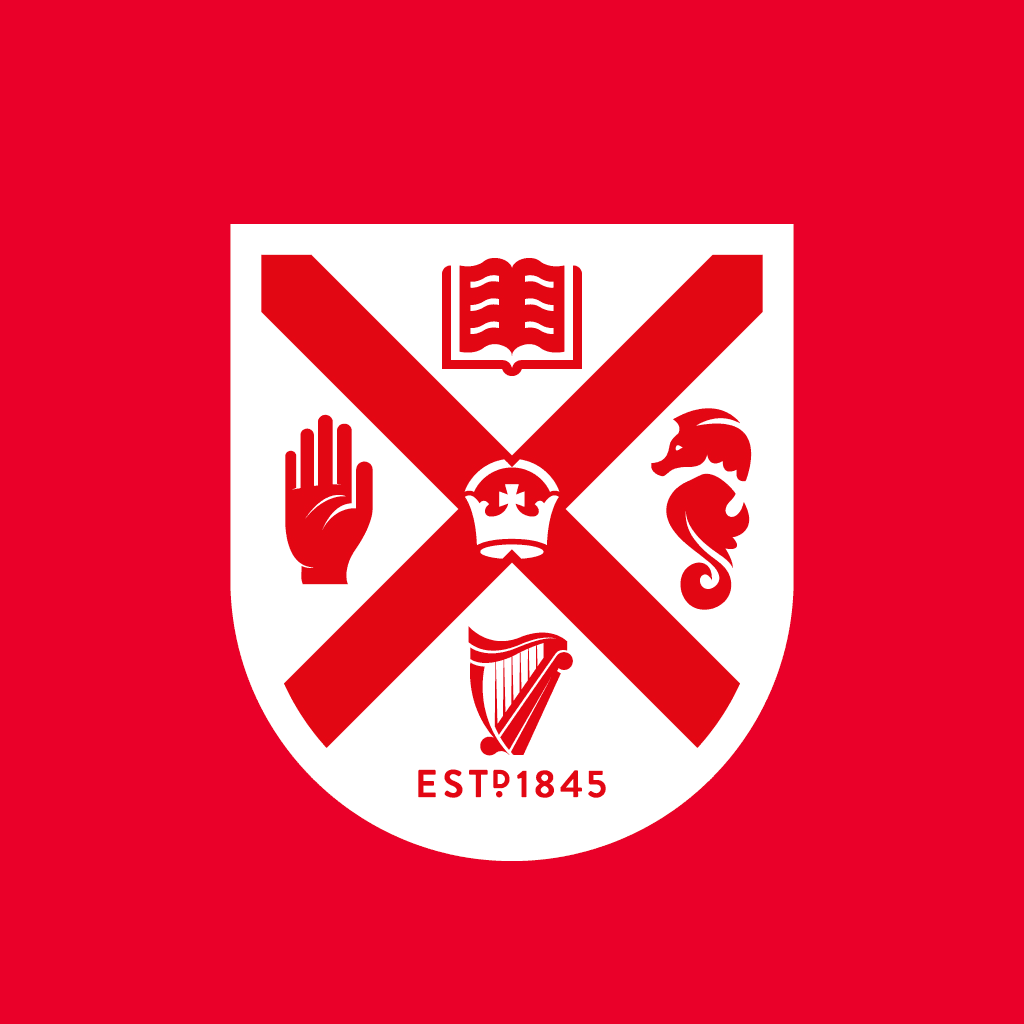Turning potential into performance
High-performing teams don't just emerge - they are developed through clarity, collaboration, and challenge. When teams operate at a high level, they deliver stronger results, adapt faster, and retain talent more effectively. Building these capabilities takes more than training, it takes experience.
- Performance improves through doing, not just learning
- High-performing teams are built by facing challenges together
- Stronger results follow when growth is practical and reflective




